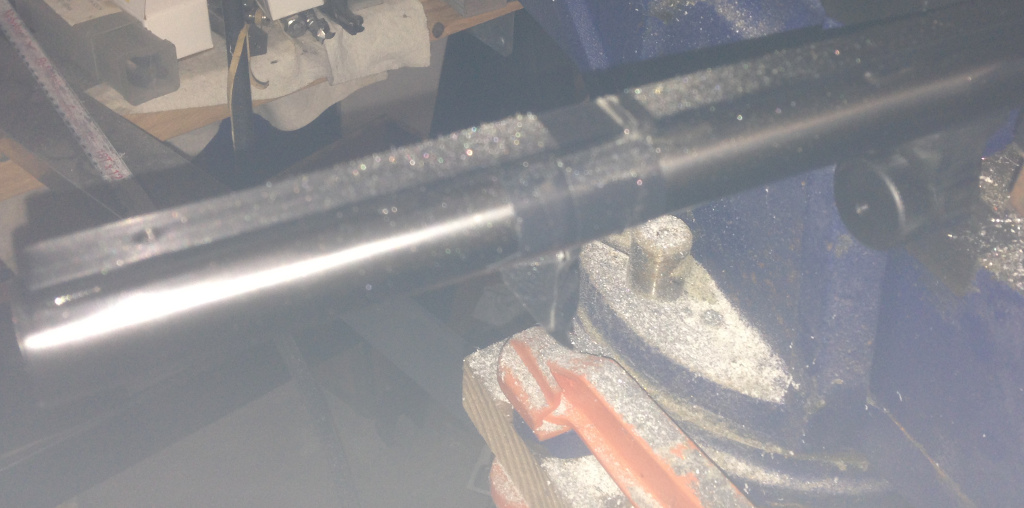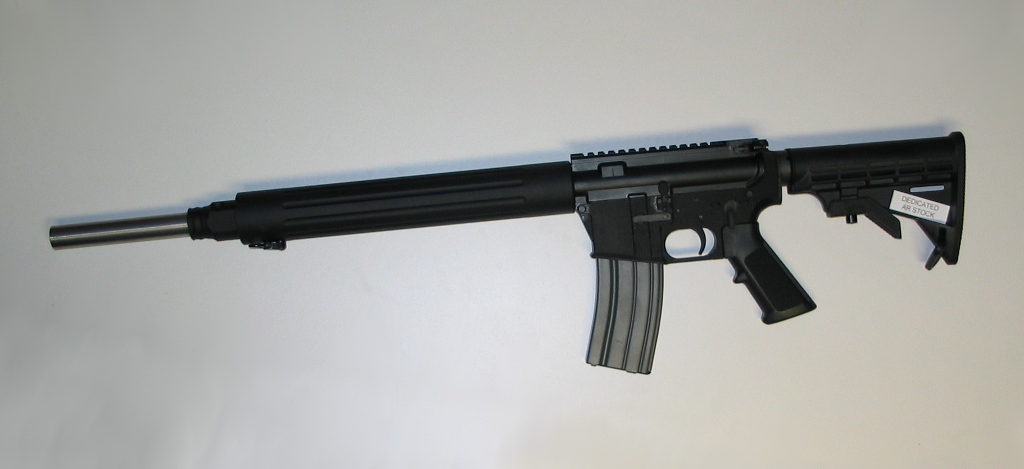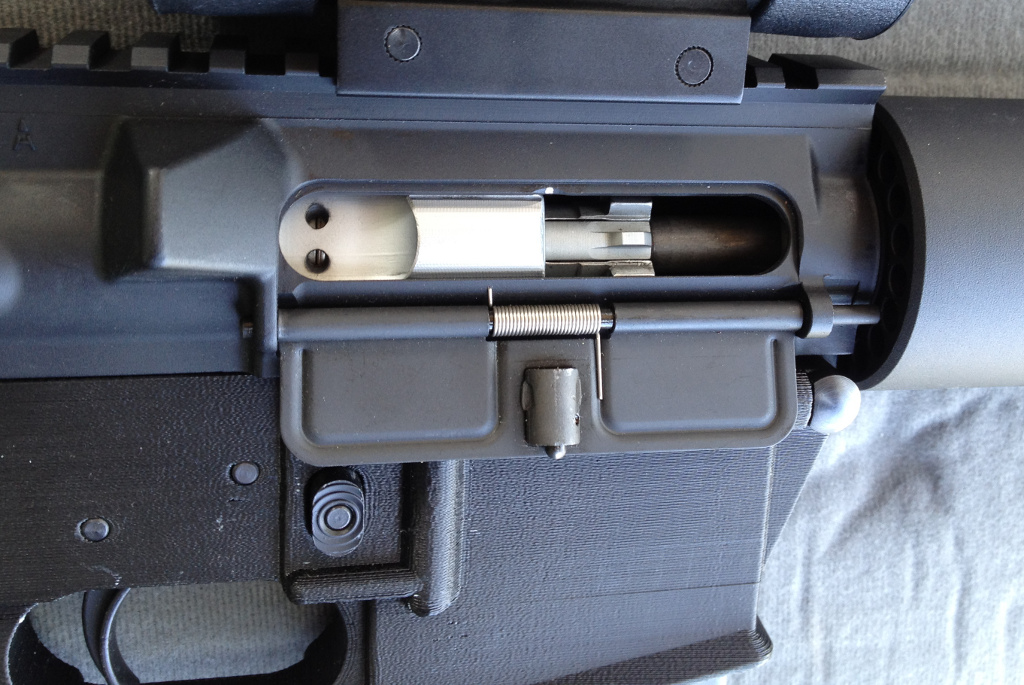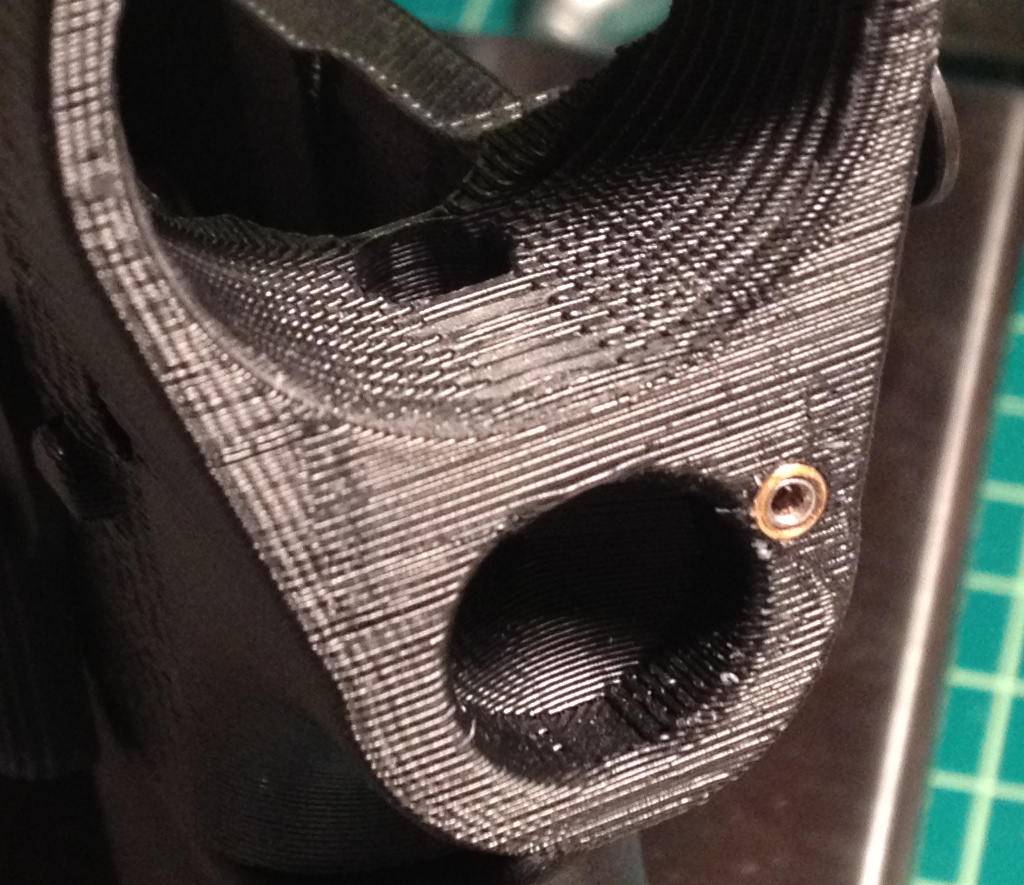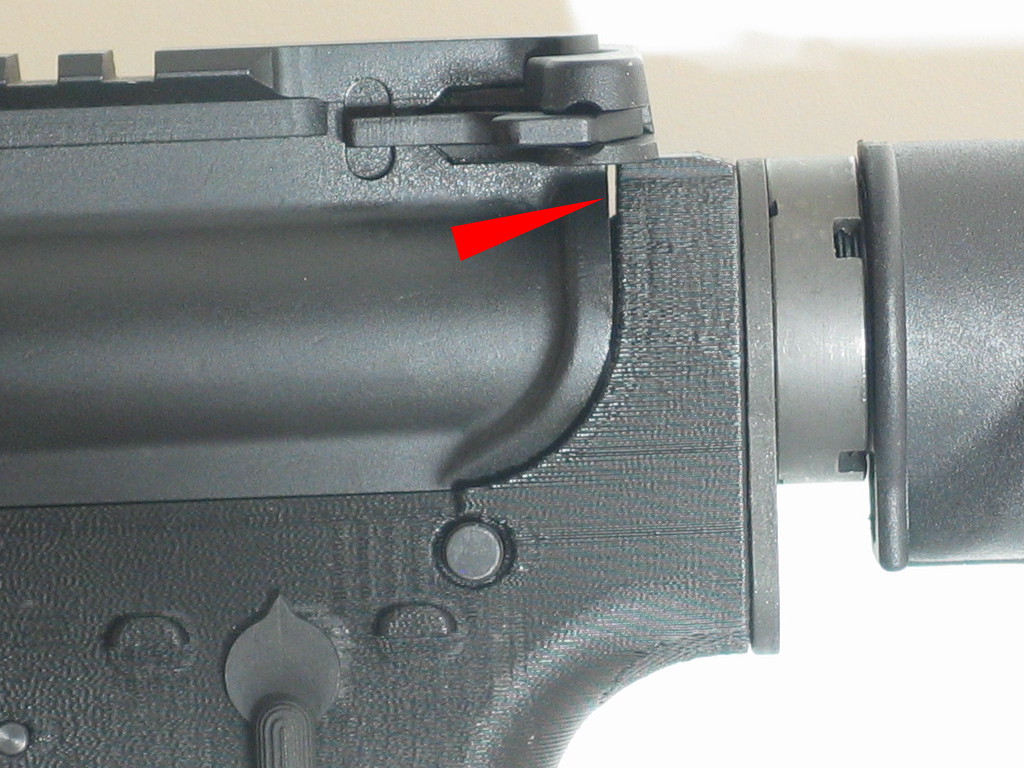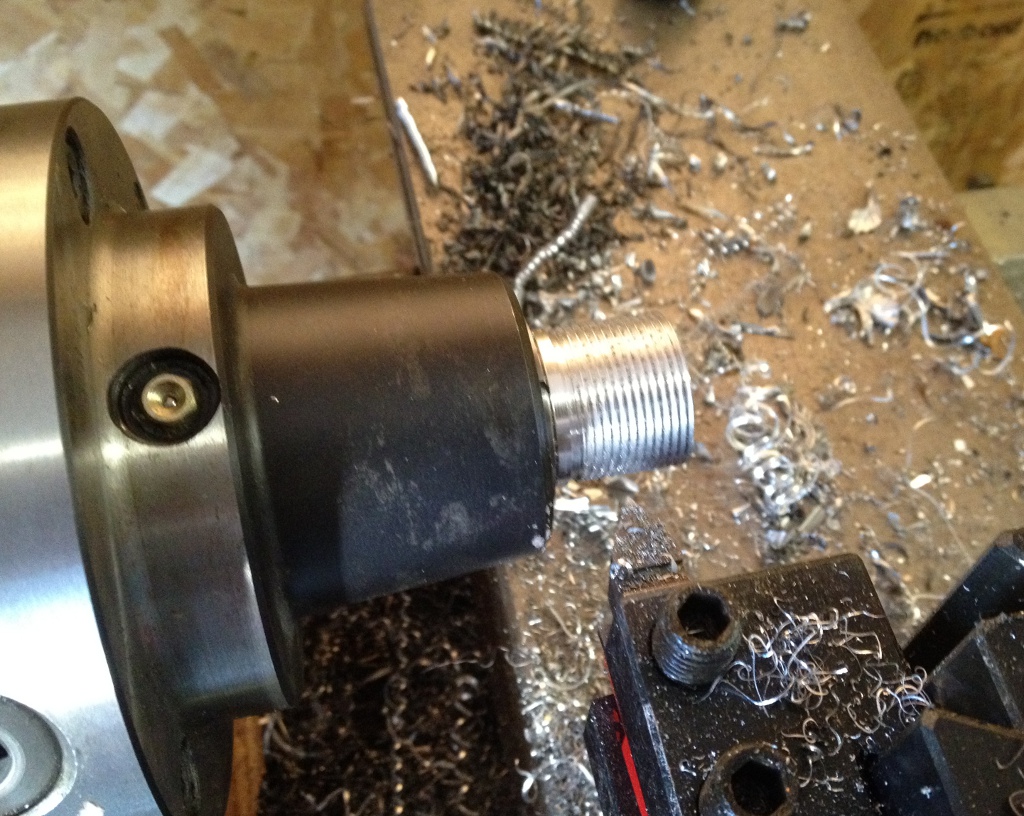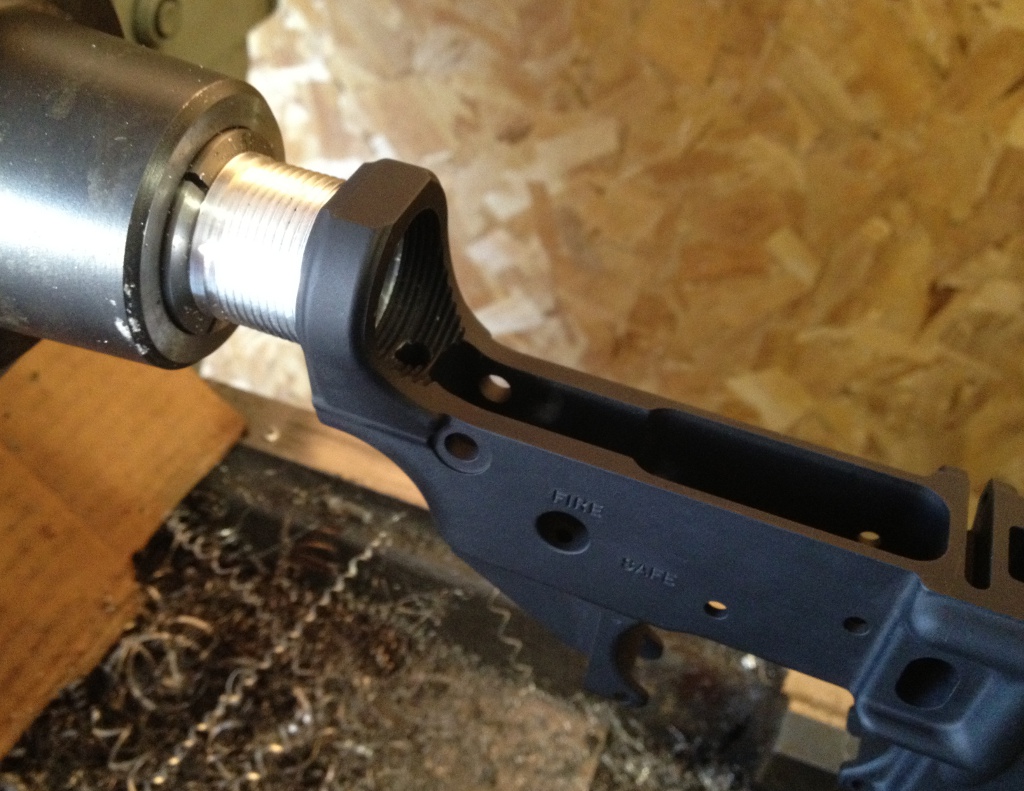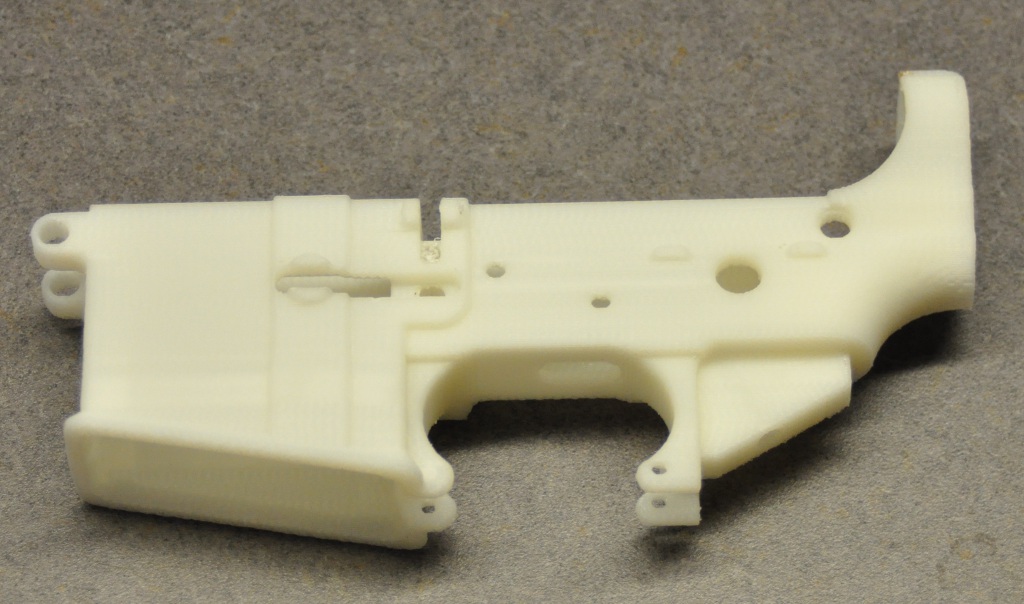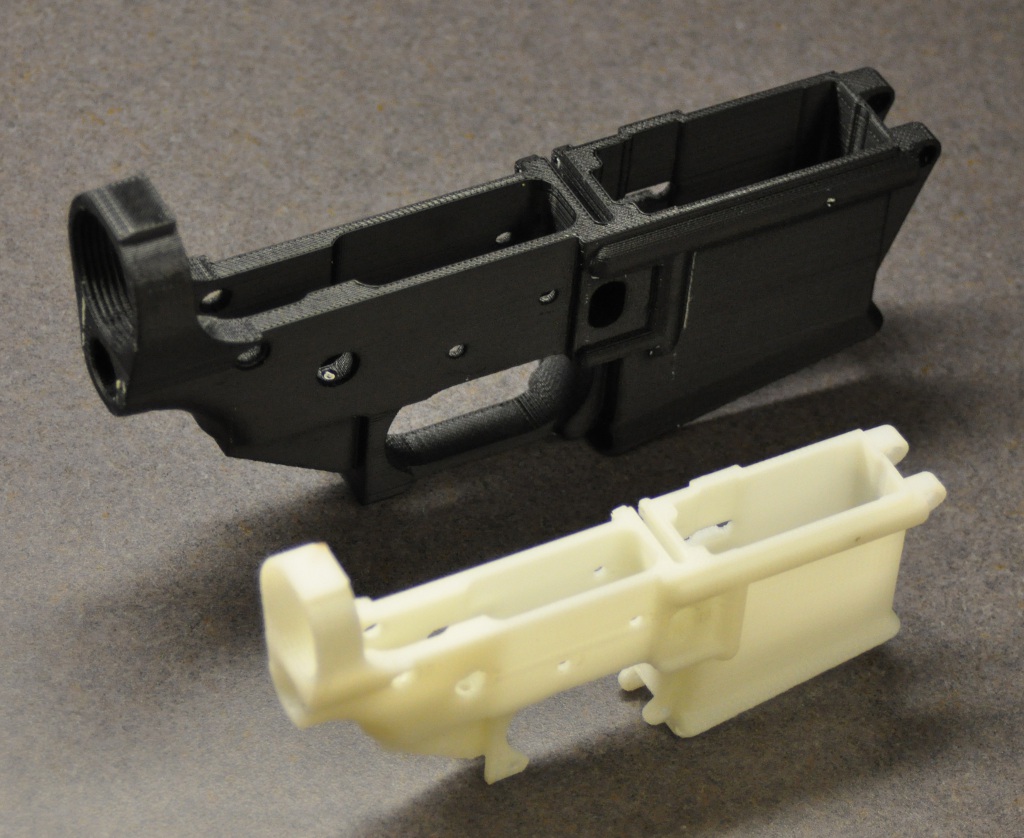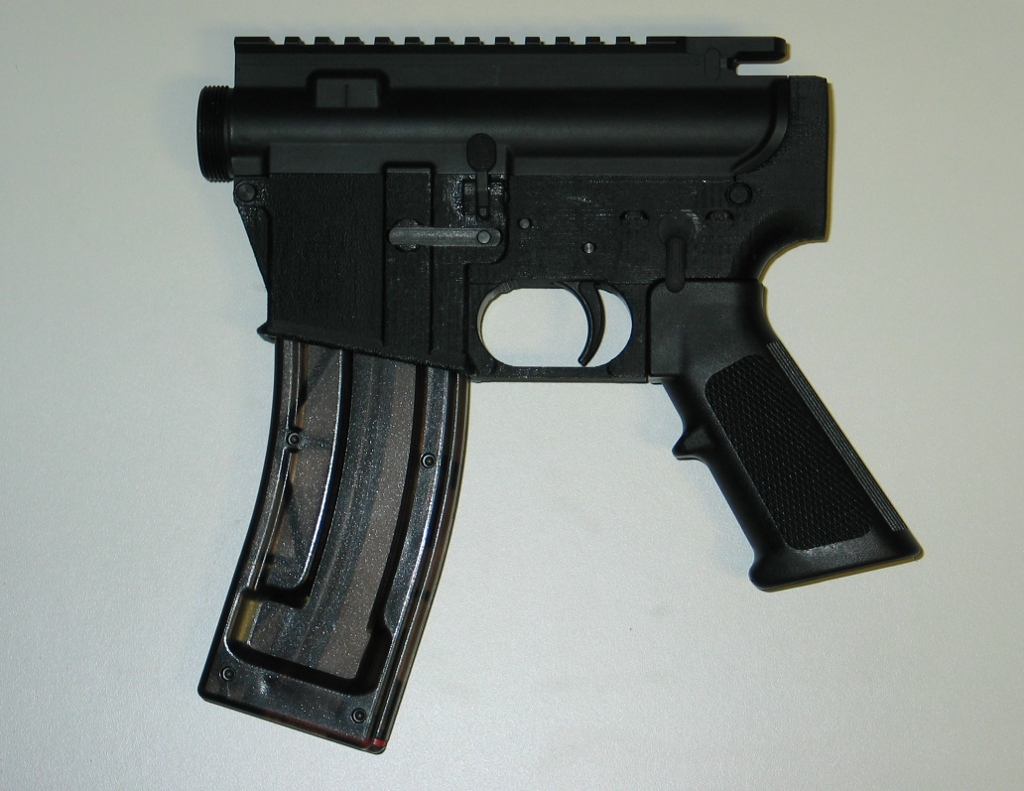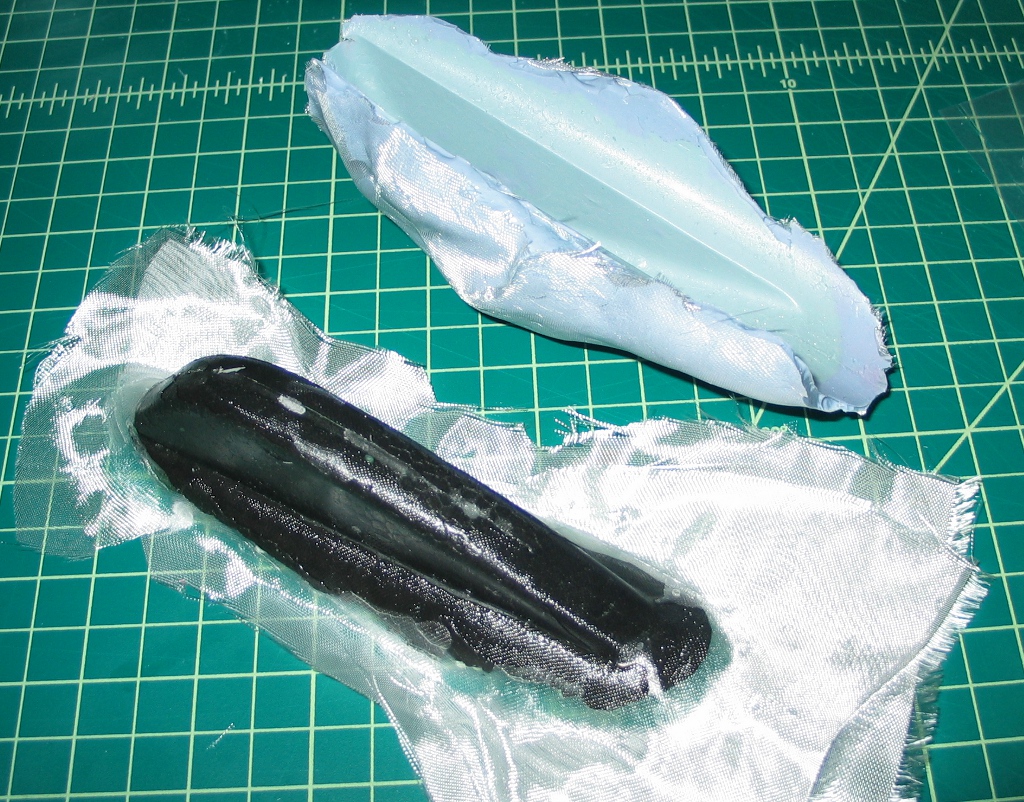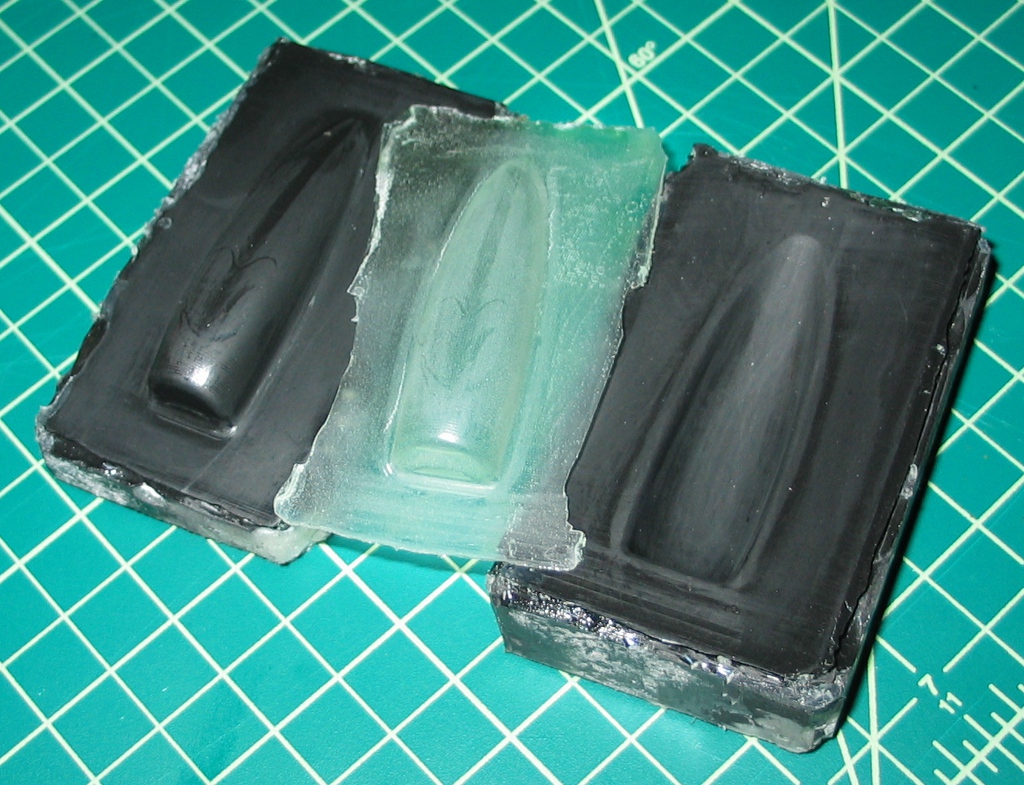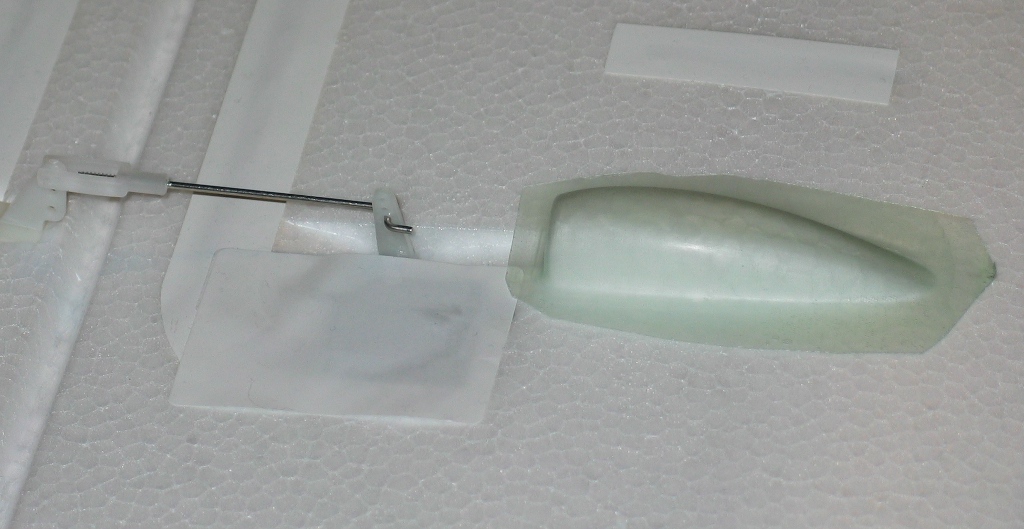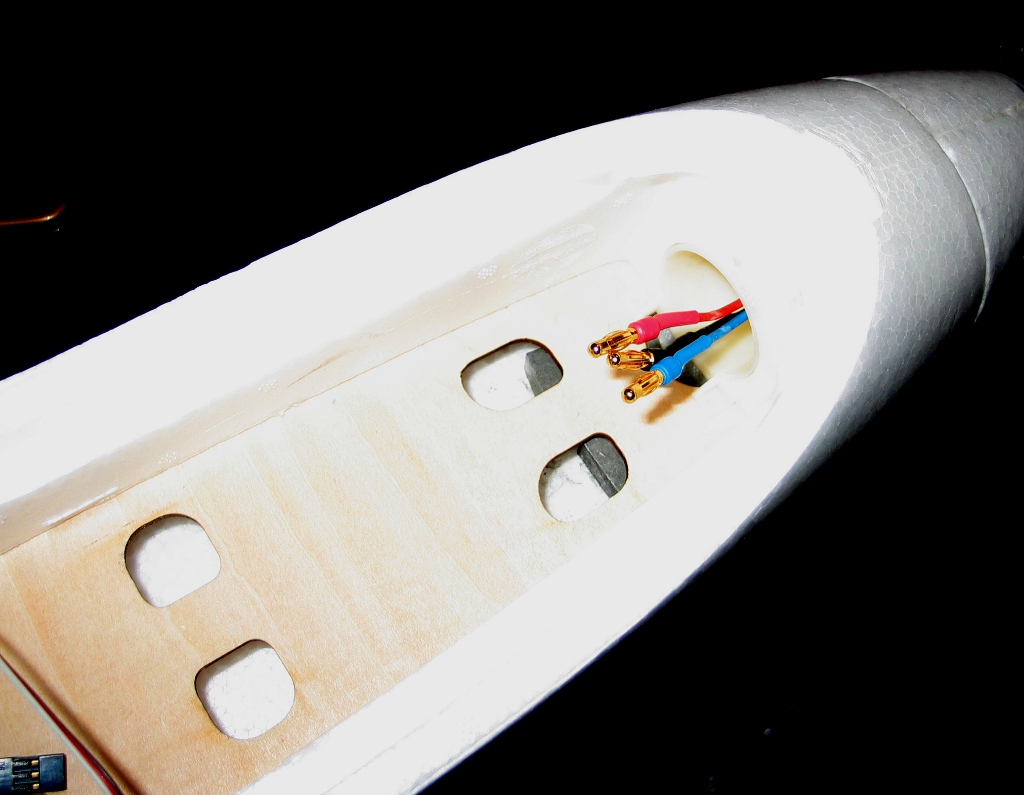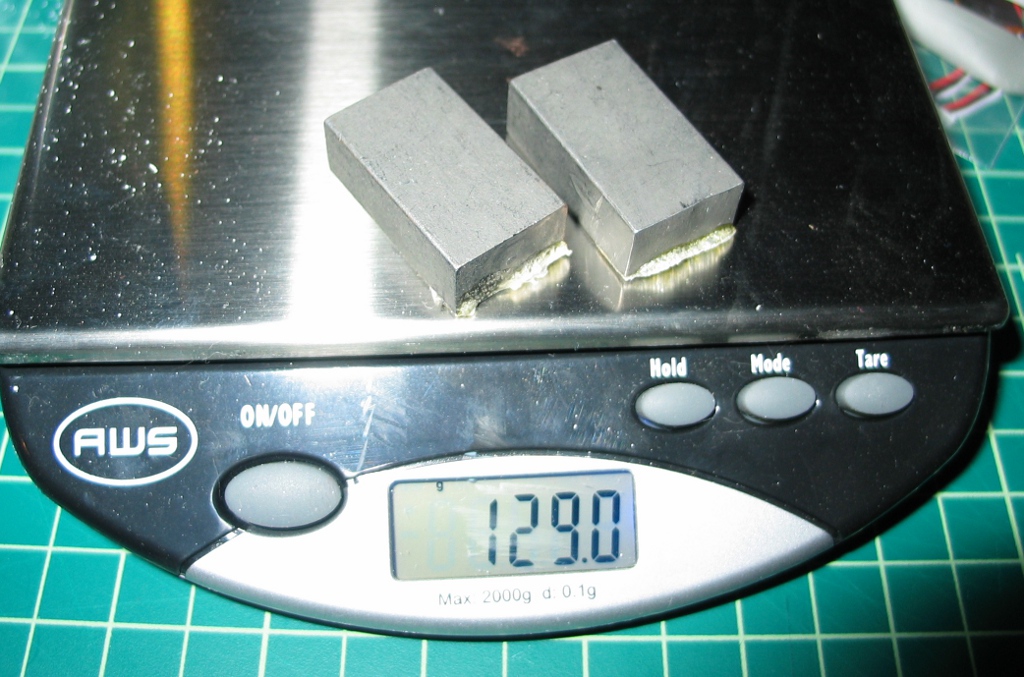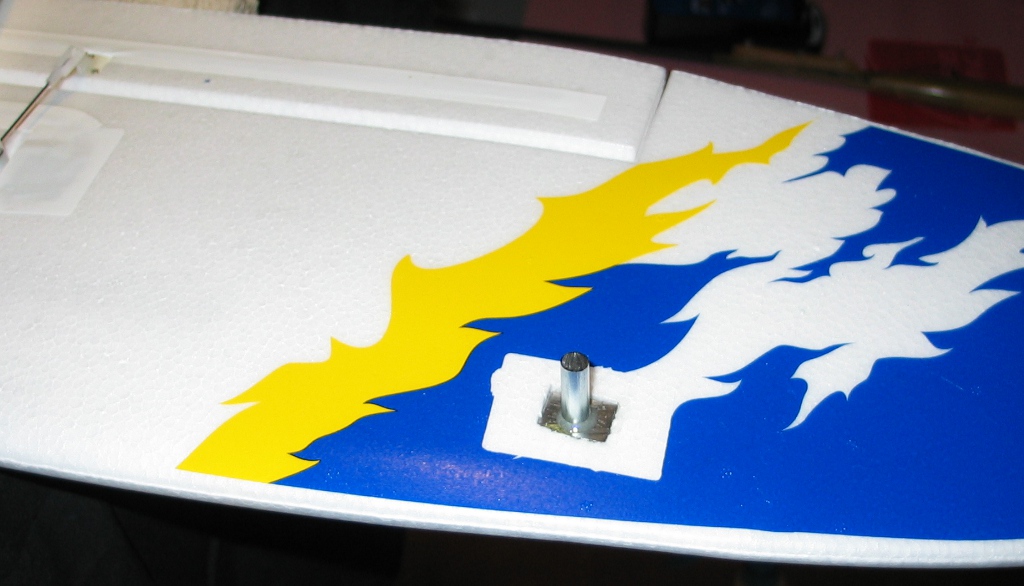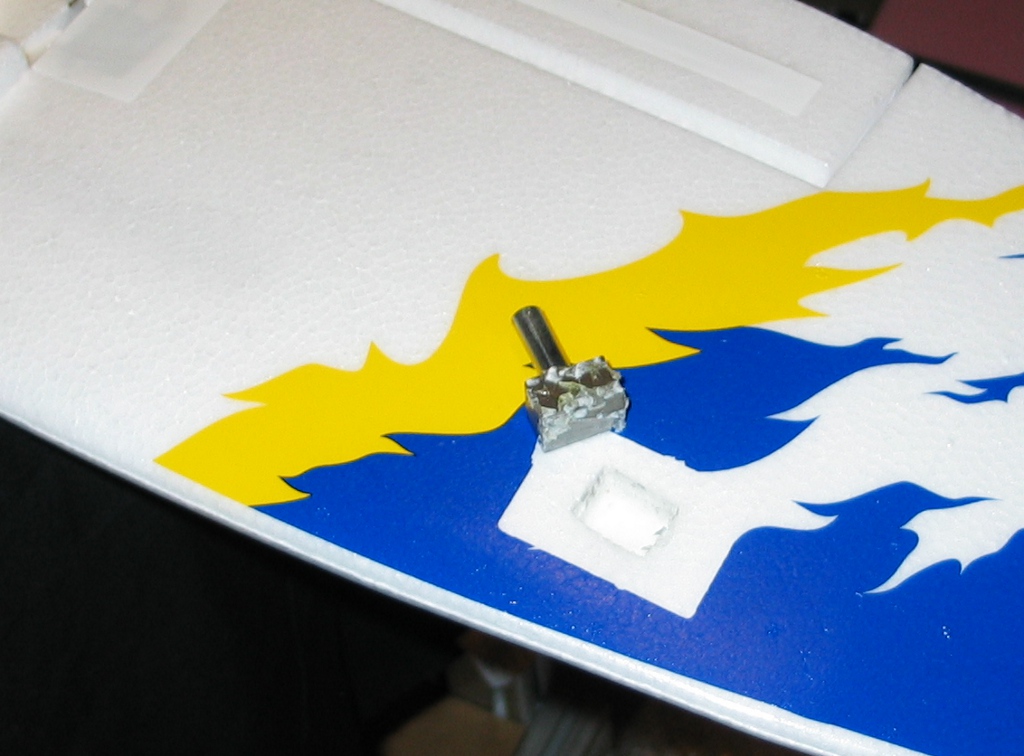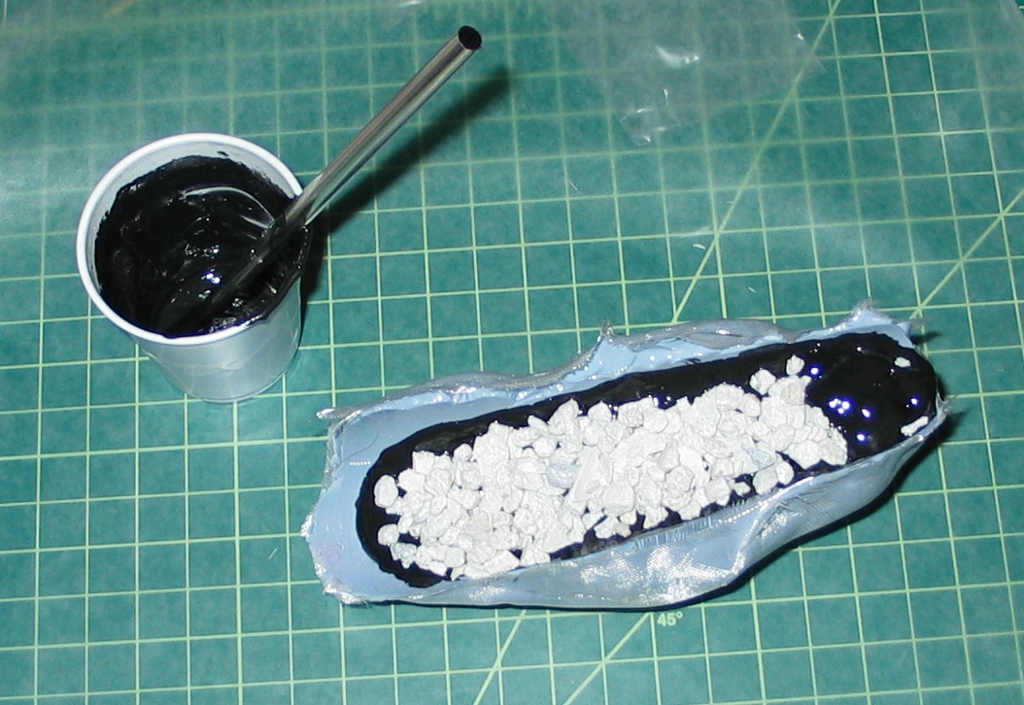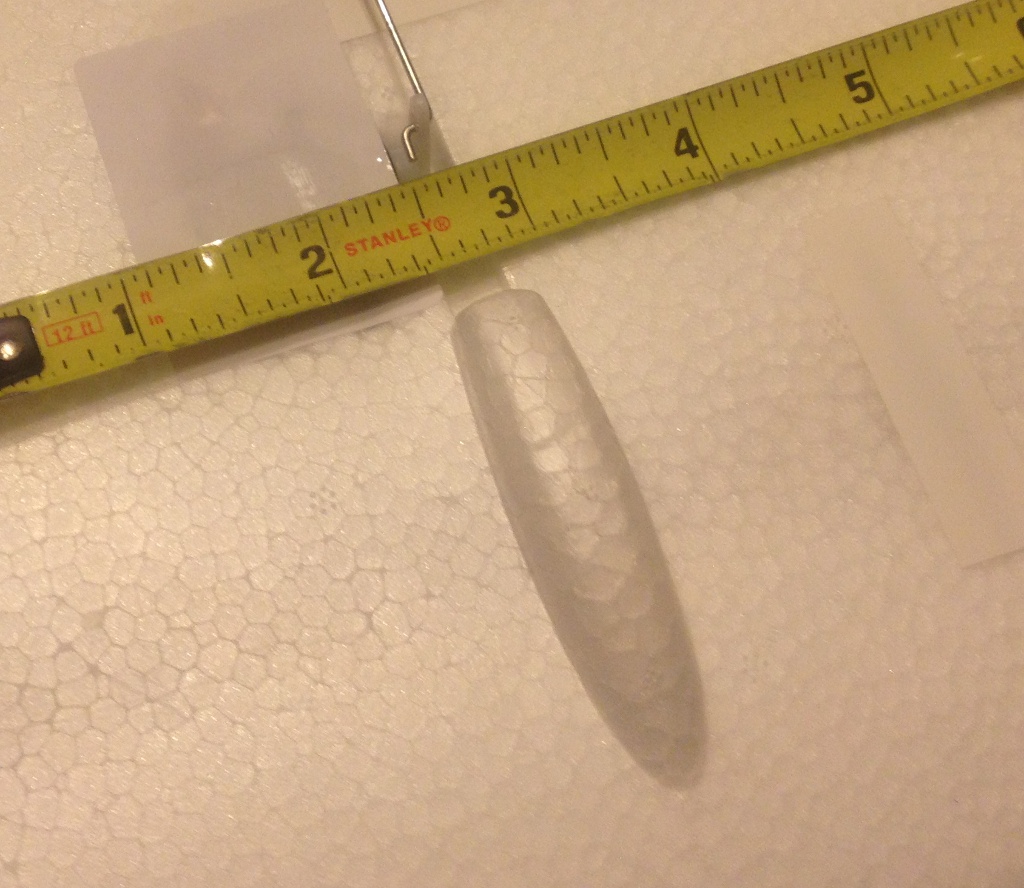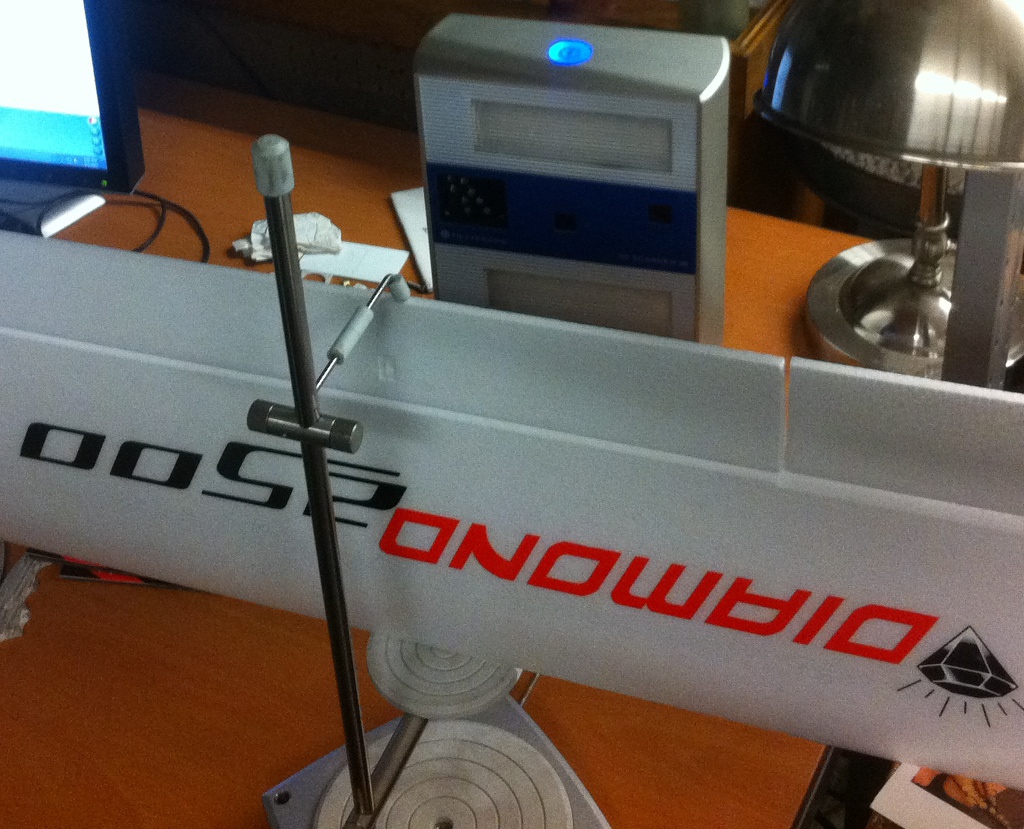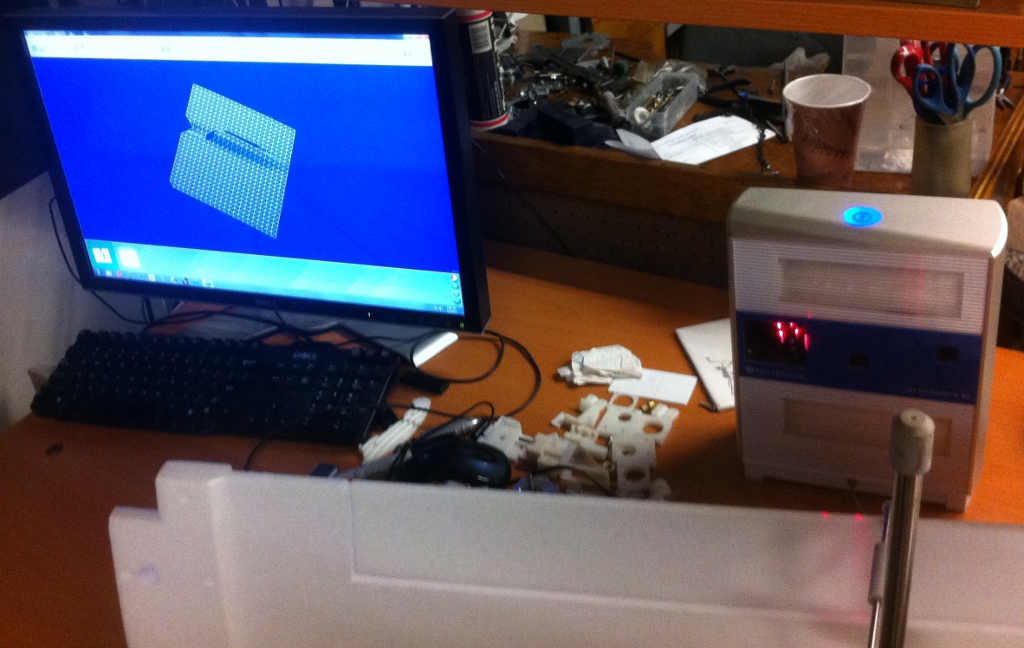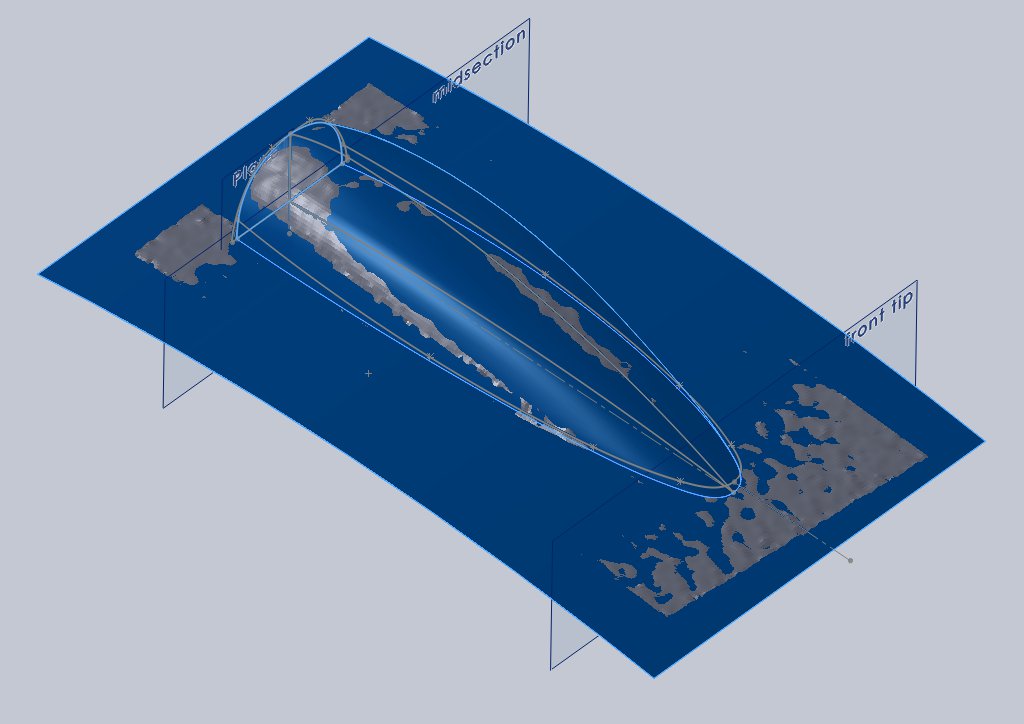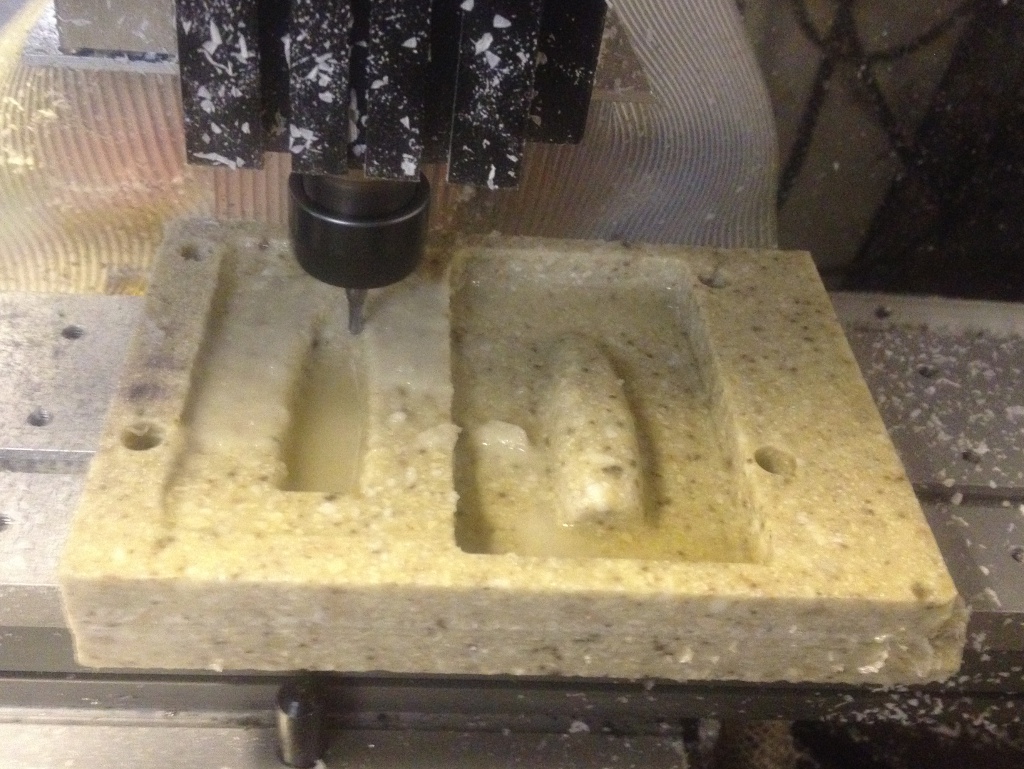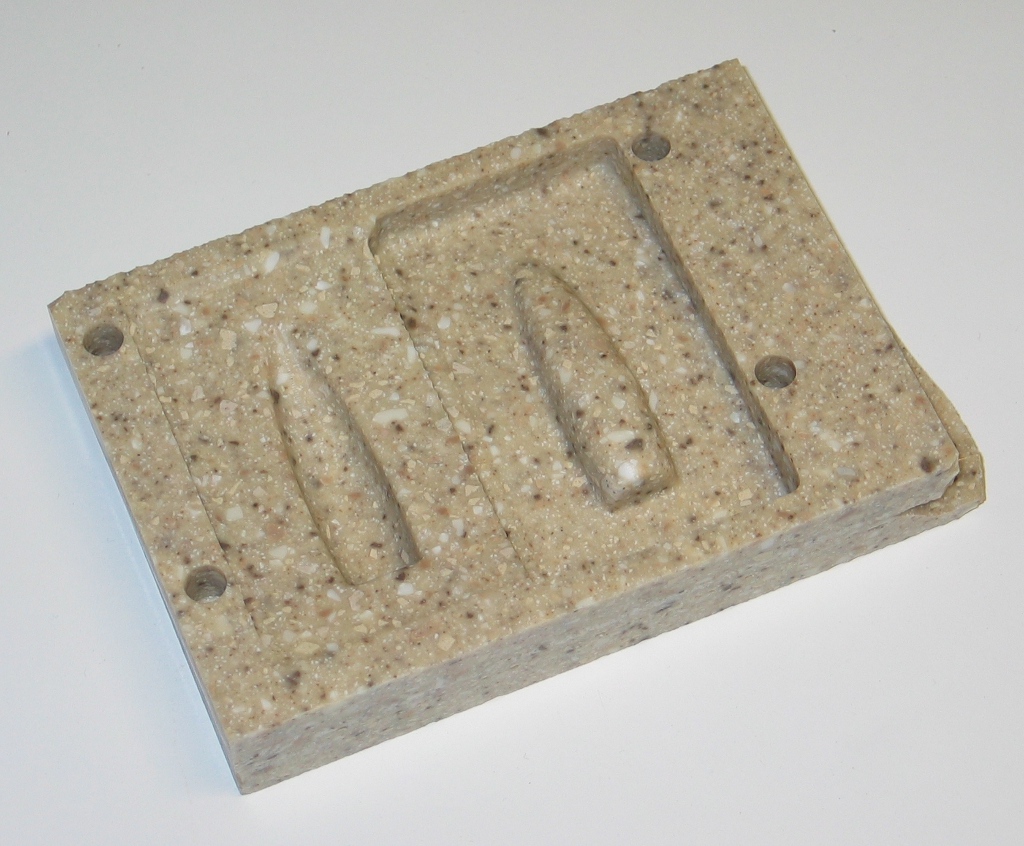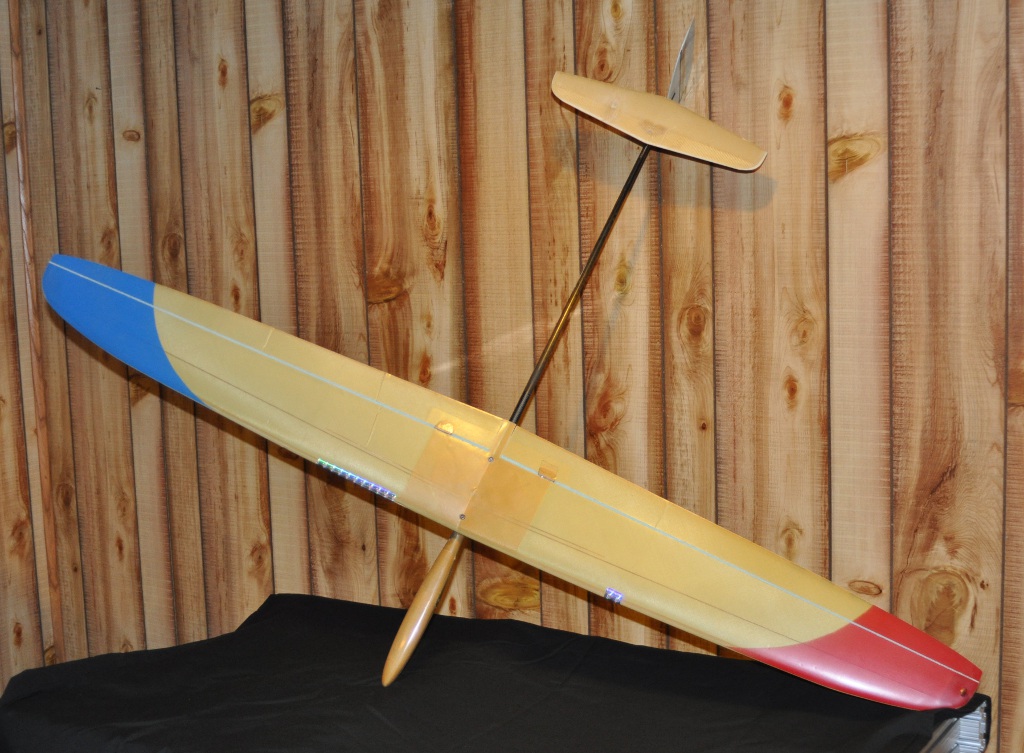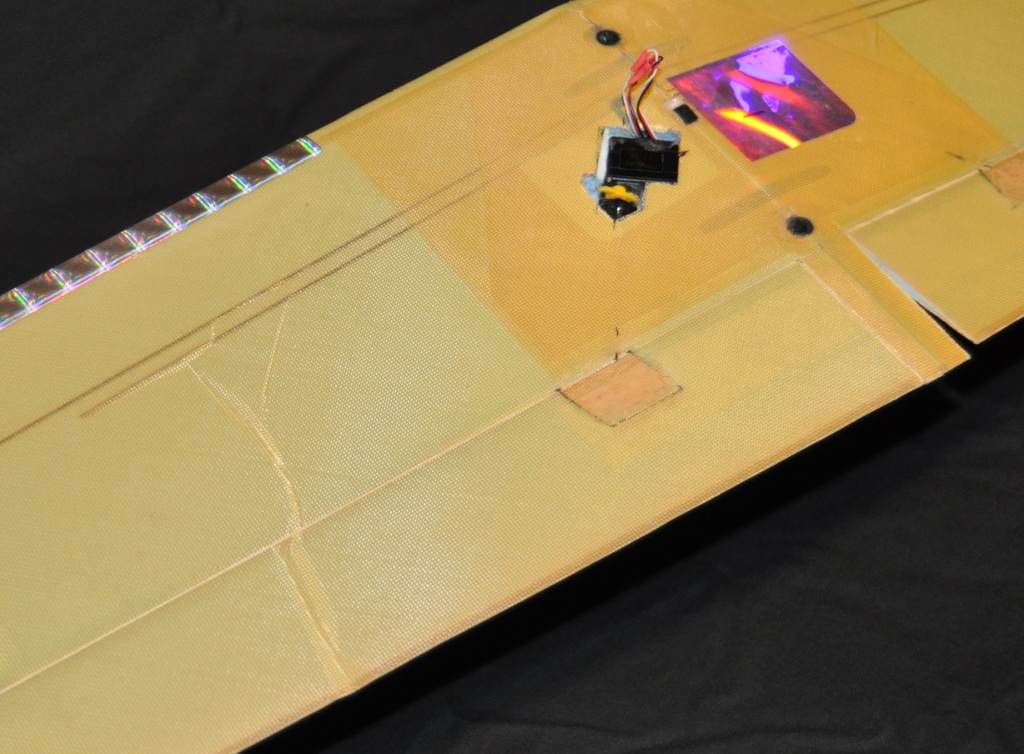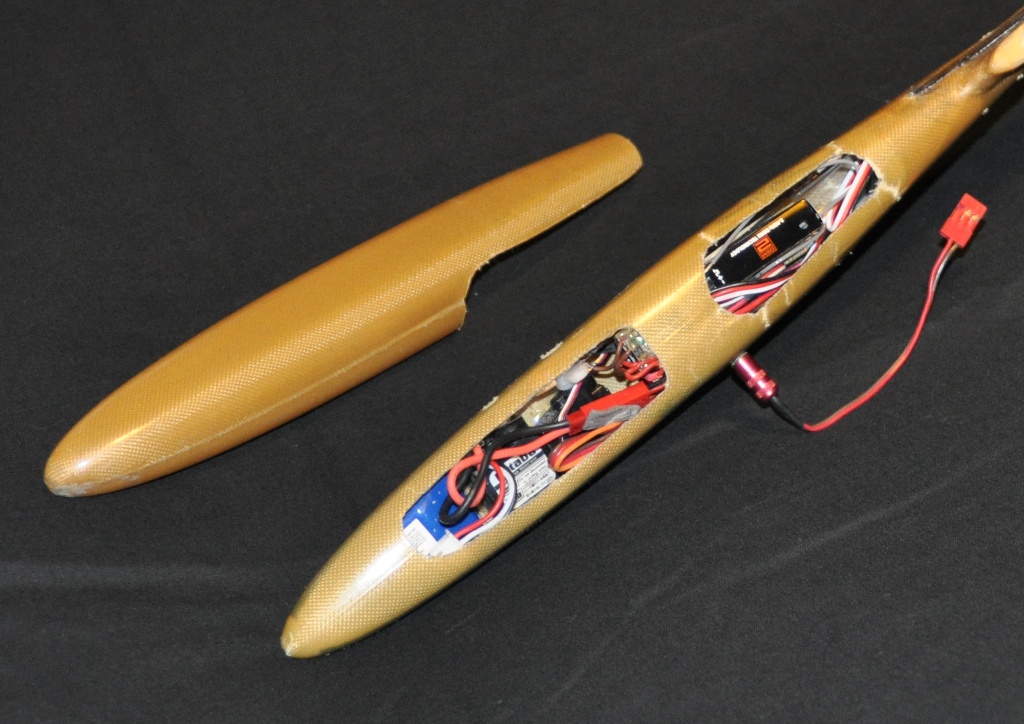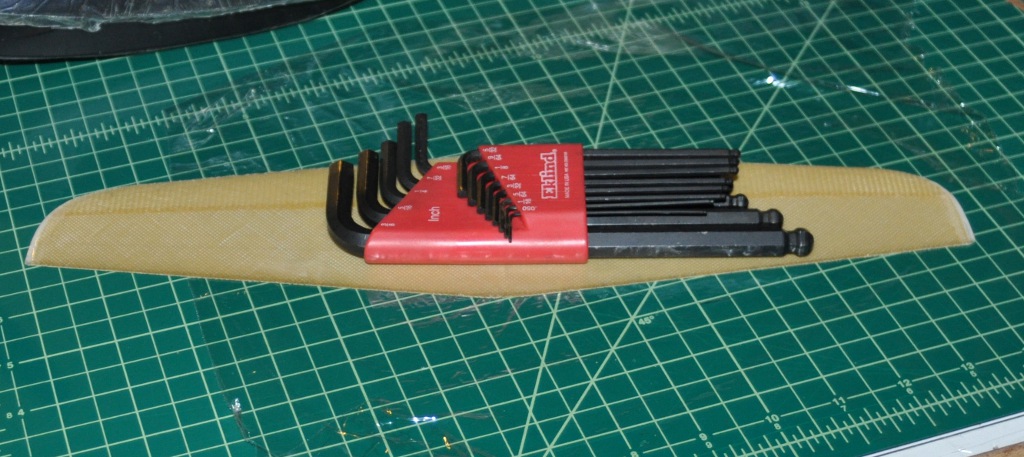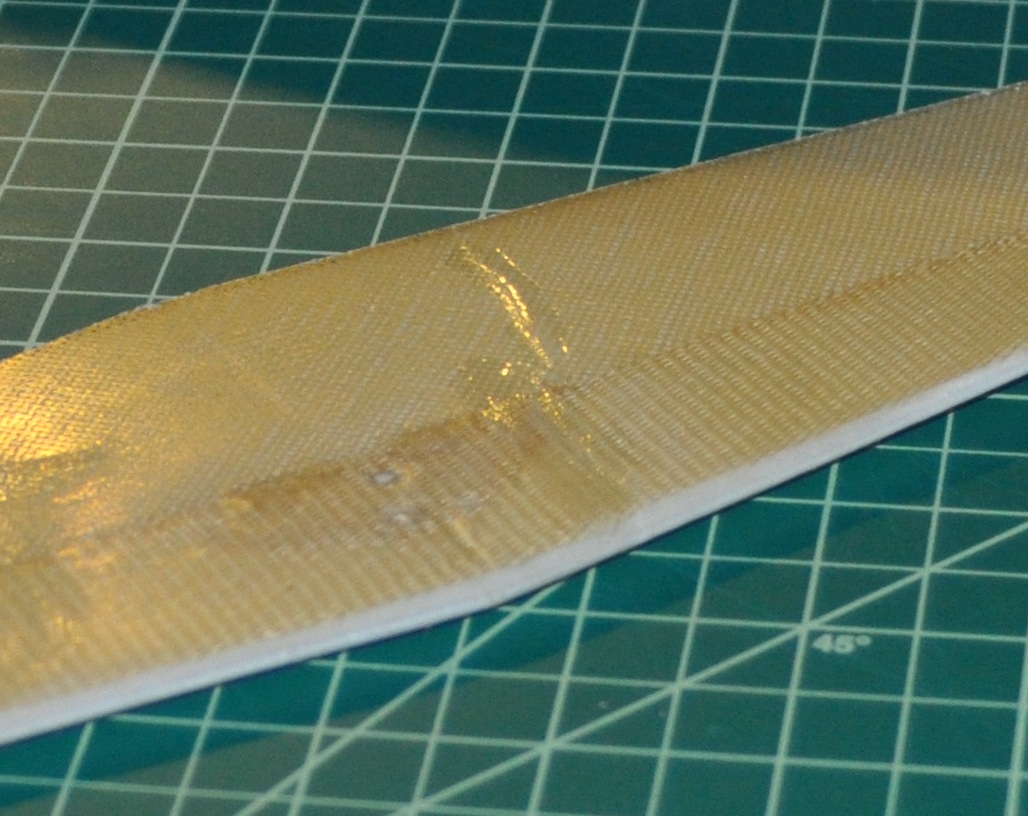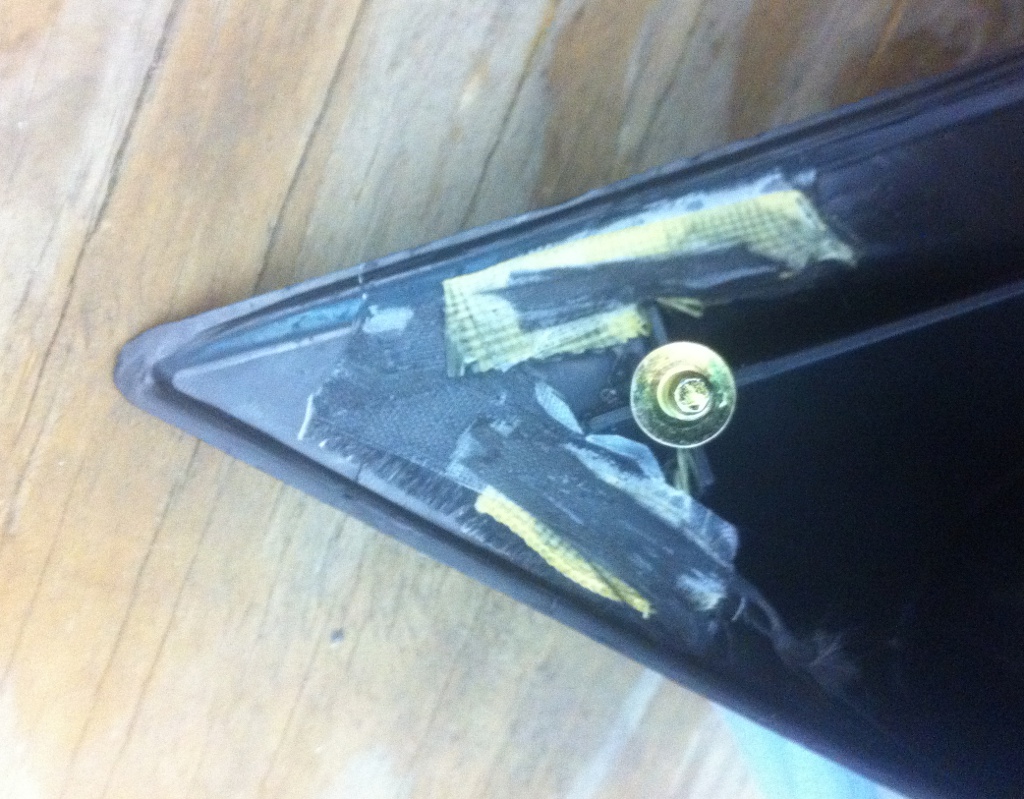In August, Pete posted an innocuous message to the Milwaukee Makerspace mailing list: Now that Power Wheels is (mostly) over, we should turn our attention to this: http://www.nerdyderby.com/ I mean, we’d need space to do such a thing, but I think it would be awesomely cool. Who’s in?? Hmmm… A ‘no rules’ pinewood derby? I […]
In August, Pete posted an innocuous message to the Milwaukee Makerspace mailing list:
Now that Power Wheels is (mostly) over, we should turn our attention to this:
http://www.nerdyderby.com/
I mean, we'd need space to do such a thing, but I think it would be awesomely cool.
Who's in??
Hmmm… A ‘no rules’ pinewood derby? I was never in Boy Scouts, but racing cars certainly was appealing to any boy (and I raced many many Hot Wheels cars in my youth, with extravagantly banked and looped tracks, often borrowing construction elements from Lincoln Logs, Legos, Tinkertoys, and whatever else was at hand). What better way to relive my childhood than to downhill race blocks of wood in the same fashion as I did with Hot Wheel cars with friends and cousins: without any rules.
Discussion on the mailing list quickly dove into the underlying physics, and how heavier cars will lose less of their overall potential energy to friction, which led many people to work on designs maximizing mass (and then resulted in questions on how to do lead casting – the competition was serious for the event). My own thoughts were originally along this line as well, thinking of building a car out of steel plate with rails to keep it on the track. But then I figured that just adding power to the car was really the best solution – the heaviest derby car still has only gravity to propel it, and a lightweight (though powered car) should certainly be able to best it.
Powering the wheels was the obvious method, but I had never messed with RC cars, slot cars, or any other powered car toys enough to know what sort of motor/transmission system they used. The closest I had come was years ago when helping someone with concepts for a mousetrap racer. My idea was to have a foam cone on the drive axle around which the string from the driving arm would be wrapped. The string would first pull from the large end of the cone to maximize the torque and get off the starting line faster, and as the string unwound, it would be on successively smaller diameters to decrease torque and increase speed. But how to determine the best shape for the cone, and what would be the best power source? Rubber bands? Torsion springs? And how to make sure that power isn’t engaged before the starting gate drops?
I quickly discarded that line of thinking in favor of just brute force – stick a model rocket motor on the back of the car. Of course, that would probably run afoul of the one rule imposed in an otherwise ‘no rules’ race – don’t damage the track. While I could argue that scorch marks are merely cosmetic, it probably wouldn’t fly with race officials, and the open flame indoors may not be a great idea. Plus, how to trigger it only after the start gate? Someone else on the mailing list linked to information on CO2 powered derby cars, which are most certainly fast, but any bit of off-center thrust gives them a bad tendency to leave the track. Given that there is a hump right in the middle of the official Nerdy Derby track, it was very likely that such a car would become airborne.
I then recalled a novel race car I had read about as a kid – the Chaparral 2J. What made it so interesting was that it was built as the opposite of a hovercraft, so that a blower unit would actually evacuate air from underneath the car, keeping it glued to the road surface even when at low speed (compare to a modern F1 car that can generate tremendous downforce via aerodynamics, but only as a function of its speed). Of course, the Chaparral 2J was banned from competition very quickly – sounds like just the thing for a ‘no rules’ race. What to use for a fan suction system, then? Well, a ducted fan seemed a logical choice – I hadn’t yet used one in any of my RC planes, but this seemed like an excellent opportunity to experiment. If I angled the ducted fan back on the car, I could use it for thrust as well as forcing it down on the track. With a propulsion method in mind, I briefly turned my attention to the wheels. It sounded like plain old off-the-shelf pinewood derby wheels were being used by most other builders, but I figured disc style wheels with ball bearings could only help.
With the basics in mind, it was time to start designing. Charles and Frankie were also building cars, so we met up at Frankie’s studio a few weeks ago for a day of design, construction, and the bull session that invariably occurs whenever the 3 of us get together. Frankie was already well underway constructing his belly tanker design, and Charles had some solid design concepts sketched out for his own car. I had only the vaguest notion of what I wanted to achieve and a copy of SolidWorks – okay, time to get designing. I started out with the track itself, and drew up a section about a foot long. Wheels around 1.25″ diameter felt about right, and I roughed out a model of the EDF unit that I had in mind for the car. Throwing them all together netted me a skeleton of the main components.
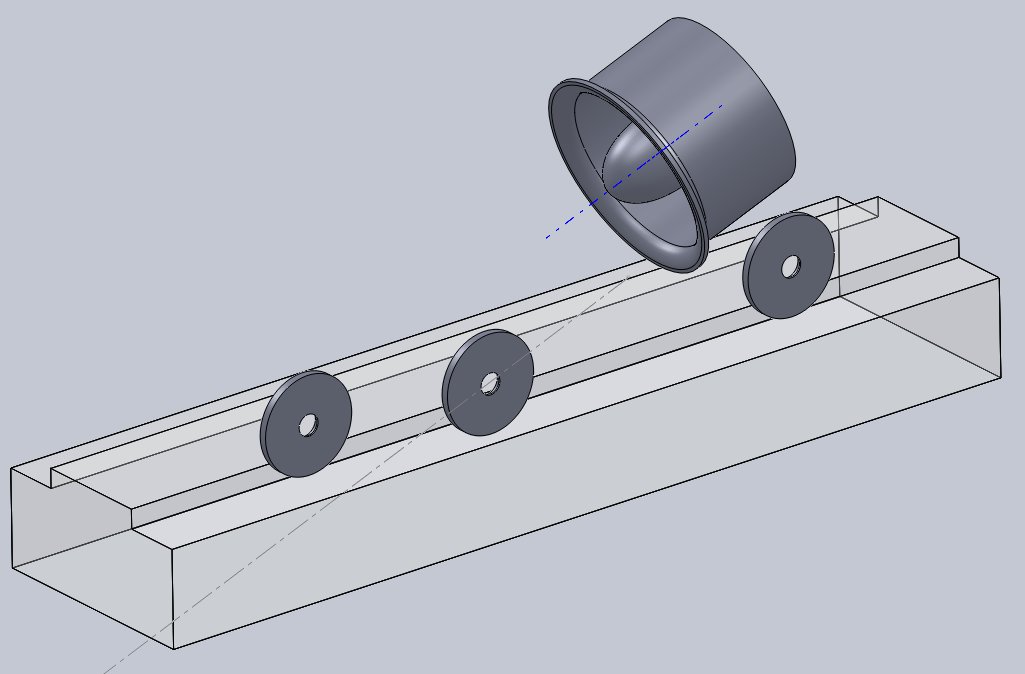
Given that the car’s stance was pretty narrow, I figured adding a set of outrigger wheels would be a good idea – just in case the car lost its footing due to the EDF’s torque.
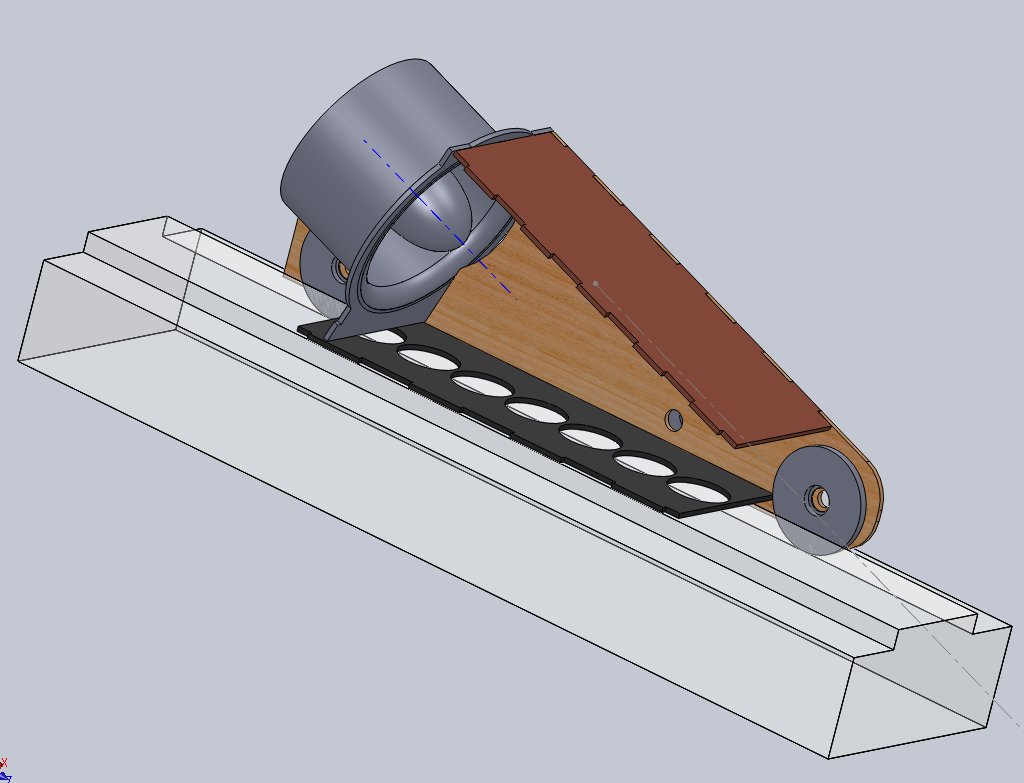
Most of the day was spent on hashing out the body itself. What I originally envisioned was something sculpted, smoothly flowing and elegant yet powerful, like a Lola T70. I may have fallen a bit short in that department. I designed the parts to be laser cut out of 1/16″ plywood on one of the makerspace’s laser cutters, and figured that I’d somehow use 1/4″ aluminum tubing with 5mm fasteners for the axles (with appropriate flanged bearings pressed into the wheels).
I converted the models of the plywood pieces to be cut into DXF files and then arranged them together into a single panel that would span a 12″ wide piece of plywood. The DXF for the sheet is here. I stopped by the space on a Thursday night, but only the 25W laser was operational, and it was only able to be run at half power. As it turned out, 12.5W was simply not enough – even after multiple passes, the poor little photons had managed to fling themselves no further than 1/3 of the way through the plywood. I took the piece home, expecting that maybe I could cut the rest of the way through with a hobby knife and jeweler’s saw.

Fortunately, I didn’t have to resort to that, as a week later both lasers were fully functional, and Shane was just finishing up one of his nifty laser cut/engraved card boxes. He helpfully assisted me with the finer points of the big 60W laser, and I was off and running. Wow, what a difference!

Even through the protective window of the 60W unit, its vigor was unmistakable. There was a little more charring than I would have liked, but I’m not about to complain – having it cut all the way through beats the heck out of cutting it by hand. At home, I broke the pieces free.
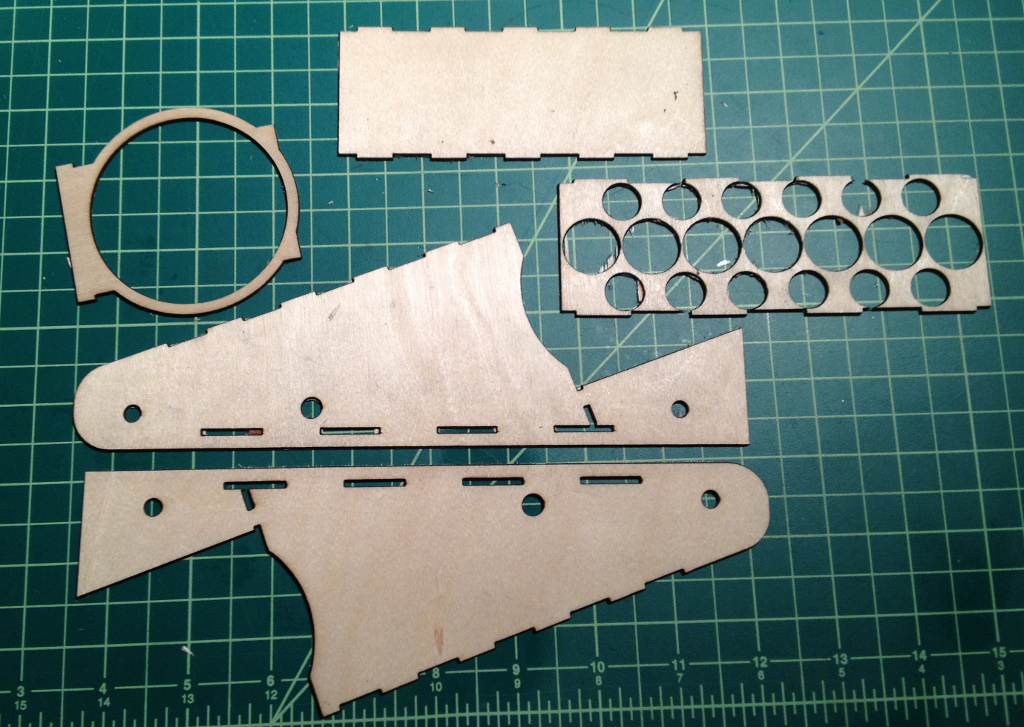
Next step, I needed wheels. I found a length of 1.25″ diameter plastic (some sort of phenolic, I can only assume), chucked it in the lathe, and started cutting.
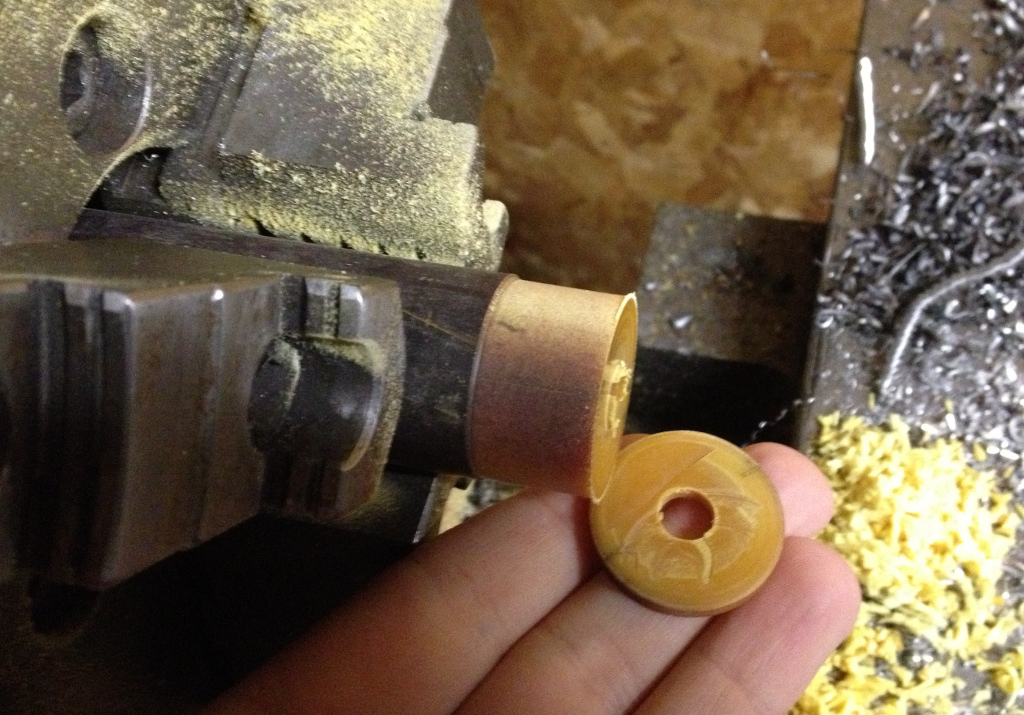
I drilled a hole in the stock before parting it off to provide (hopefully) a decent diameter to press-fit the flanged bearings into. My parting tool has a bad tendency to drift to the left as I part off stock, so I needed a way to true up the wheels to be entirely flat on each side. I figured I’d try machining an expanding arbor to hold the wheels, as it’s been rattling around in a tool drawer for years, awaiting a purpose.
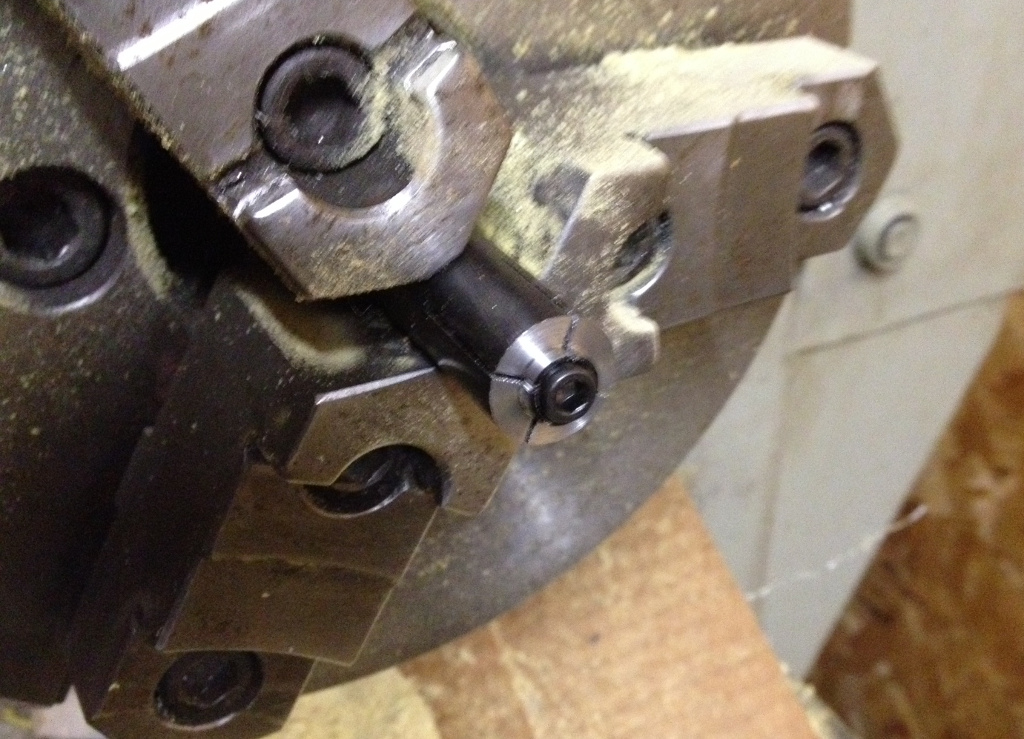
While it machined really nicely, it didn’t work out well in practice. The plastic wheels still flexed quite a bit while being cut, and wanted to walk off the arbor as a result. It was now getting down to the wire, and race day was approaching. Scratch that – race day was here. As of Saturday morning, I wasn’t sure if I’d be racing at all, but I’d certainly make a go of it. After soldering bullet connectors onto the EDF unit, I was ready to glue together the shell of the car.

I used CA to bond the plywood together (having used copious amounts to seal/strengthen the parts themselves) and hot glue to mount the EDF unit. While waiting for the CA to cure, I headed to the garage to do more work on the wheels.

Good old carpet tape worked well enough to machine the wheels to thickness – just go slow, take light cuts.
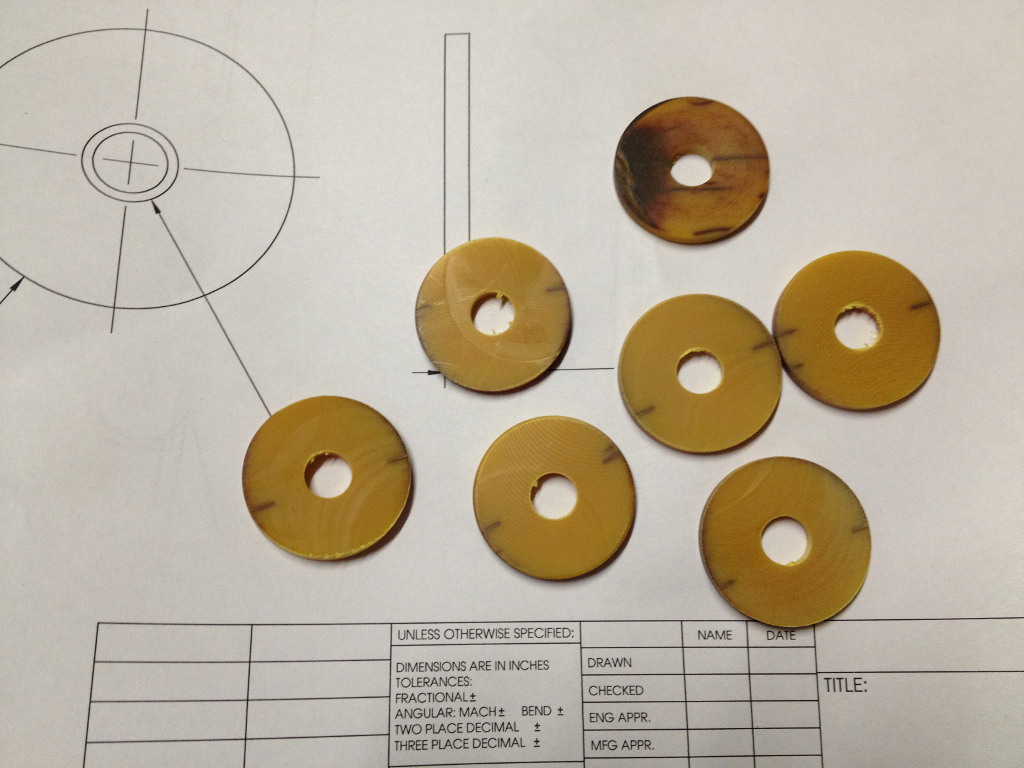
7 wheels (always make more than you need, because you just know you’ll mangle one during subsequent operations). However, Friday had brought a potentially devastating bit of news – the raised center section of track was 1.65″ wide, and not the 1.5″ wide that I had designed to. Much wailing and gnashing of teeth ensued. Fortunately, I had designed the body after the wheels, and as such the wheels could actually be moved outside of the body with no ill effects. Realistically, this this even better, since having the wheels external would remove the need for outrigger wheels, and internal wiring wouldn’t have a chance to get tangled up in them. Also fortunate was the fact that I am a horrific procrastinator, and since I hadn’t yet gotten to the stage of machining axles, I was free to modify my design as needed.
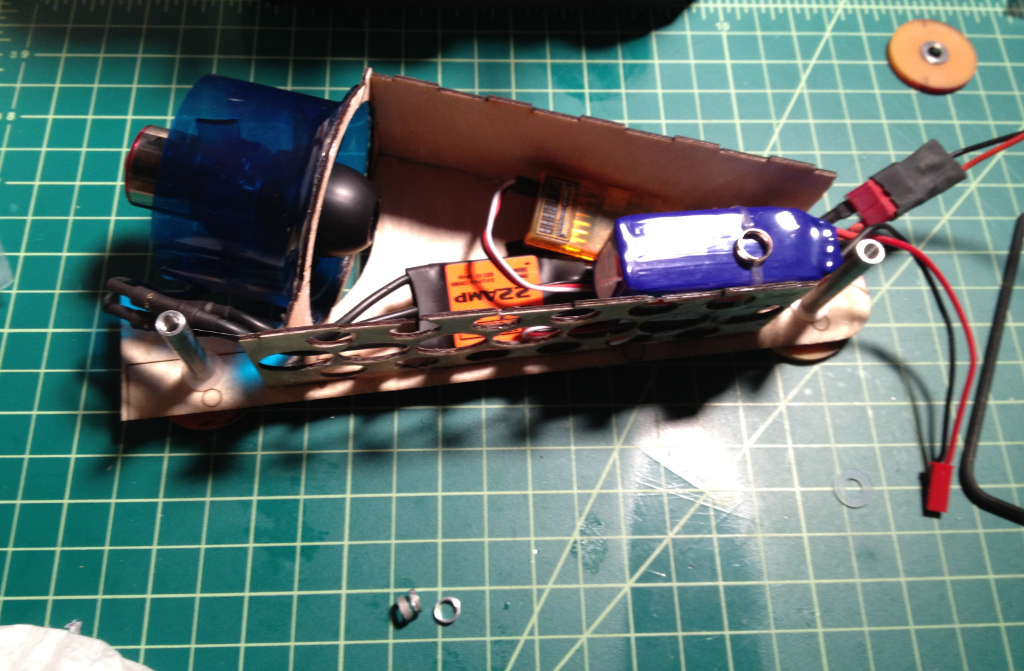
I drilled out some pieces of 1/4″ thick wall aluminum tubing and tapped the ends for 5mm threads. I also cut some spacers so that the bearings wouldn’t run against anything else. I then started packing the inside with components – a 22A ESC, a 2.4 GHz receiver, and an 800mAh LiPo battery (all credit to Charles for suggesting that I stick the battery inside – I had planned on running it externally for ease of access until he convinced me otherwise). Ideally the ESC and battery should have been rated higher, but for burst use (under 3 seconds from start to finish), these components should hold up fine. Besides, there’s always the ‘epic fail’ prize category should something go wrong. Internal accessibility was not considered at all in the design phase, so the right body panel is held on by the axle spacers and wheels.

So 30 minutes before heading out the door to Bucketworks to attend the Derby, this is what I had. A radio that I was using when attempting to fly my latest RC plane on it’s first and last airborne adventure (maybe I shouldn’t have transferred the ‘Centrino Inside’ and ‘Windows Vista’ stickers from my laptop to it), and a car held together with hot glue, CA, a few pieces of fiberglass fabric, and medical tape. Perhaps MacGyver would be proud. Or appalled. Eh, whatever. The car was assigned #32 as a race sticker, and I had a glance at the competition, which looked tough.

Pete’s ‘Raster Mobile’ certainly had mass, and Brant’s ‘Safety Car’ had lots of lights.

Fortunately, Kevin B’s “car” was deemed by race judges as illegal. However, I admired his extension of the rules. “Roads? Where we’re going, we don’t need… roads.” Brew’s Dorito-laden vehicle was a crowd-pleaser when it invariably ejected salted snack chips at the end of a run. Unfortunately, Jim’s ‘Sparky’ was having electrical issues and wasn’t running nearly as fast as it had been on test runs.


Brent’s ‘Pootystang’ really had me worried. A full diameter propeller will easily best a ducted fan unit in thrust, and he looked to be using the same battery as I was.

Ed’s “Aghghhhh!” was the best (only?) 3D printed car in the race. [edit – Pete’s ‘Great White’ was also printed – forgot about that one!]

Charles finally gave his (highly polished after 5 hours of work) car a name of ‘2 ways’. I added ‘both of them wrong’ to it (not shown in photo). In the photo, it appears to be heading the right way (right to left). He claims that the front end is actually the right side of the photo, for which he deserves to be mocked endlessly. I think Rose entered ‘5 Rings’ and Dillon had entered ‘Indus’ (which was based on a pull-back racer). Since we were to name our own vehicles, I decided to call mine “Waste of a Perfectly Good Afternoon” (that’s all that it was until that point).
Fortunately, I was paired against Charles for the first 2 heats. He gave me a sporting chance by running his car in reverse – he keeps claiming that’s the front end “like a Studebaker”, but I know better. I applied the throttle just enough to keep my car in the lead (seriously, I was worried about something erupting into sparks and flame – this was a 22A ESC with an EDF unit that can draw 33A). This got me into the finals (thanks, Charles! Sucker…). I raced Jim’s ‘I Win’ and Brent’s ‘Sneaky Weasle’, which was amazingly fast. Every time, I throttled up just enough to ensure that I was in the lead, but no more – damage to the car upon contacting the deceleration zone (a chunk of open cell foam at the end of the track) had me worried, as one race broke the EDF unit free of the body, necessitating emergency hot glue gun surgery. In the end, I was in the lead at the final race, and gave it full thrust from start to finish to see just how quick it could go – 1.595 seconds was the elapsed time. Incredibly, it survived intact! After that, it was requested to see if the car could run the track in reverse and actually make it up the hill. Our intrepid race official quoted Doc Brown’s famous words, the crowd gave a countdown, and I floored the throttle, easily sending it off the far end (thankfully Jim was there to catch it). After that, there were the awards.

Frankie is out in Denver at the moment speaking at a conference, so this award certainly went to his belly tanker.

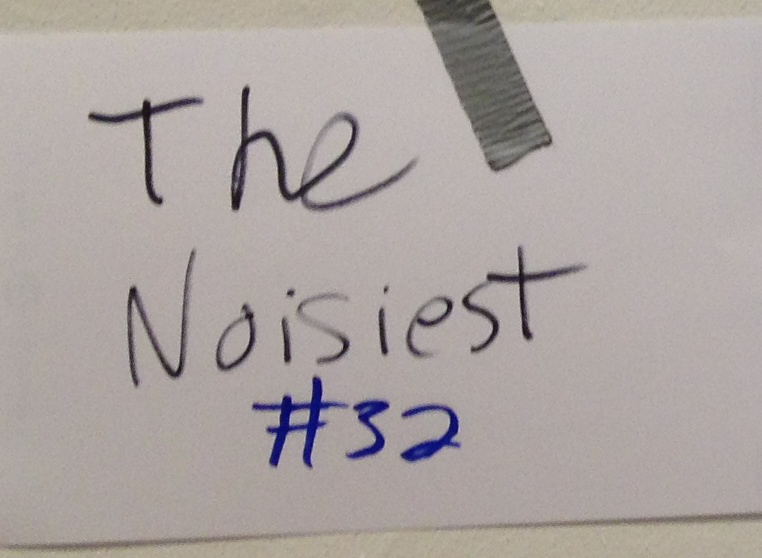

My car not only won as the ‘fastest’, but also captured ‘the noisiest’ and ‘best name’ awards. No trophies or cash prize – just bragging rights. As such, I’ve been telling attractive females that I’m a 3-time auto racing champion, but when they learn the details, they tend to edge away nervously. *shrug*
http://wiki.milwaukeemakerspace.org/projects/nerdyderby


